After MISSING this dangerous asteroid completely, NASA tracks latest one on the horizon
After missing an asteroid that made an extremely close approach to Earth just a week ago, NASA has now revealed details about another asteroid that will pass the planet today. But is it dangerous? Here’s what we know.
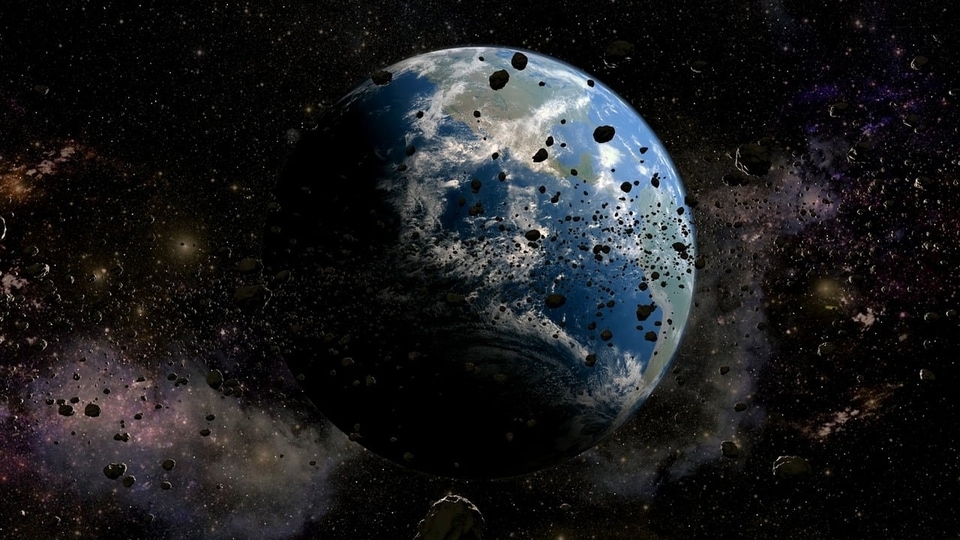
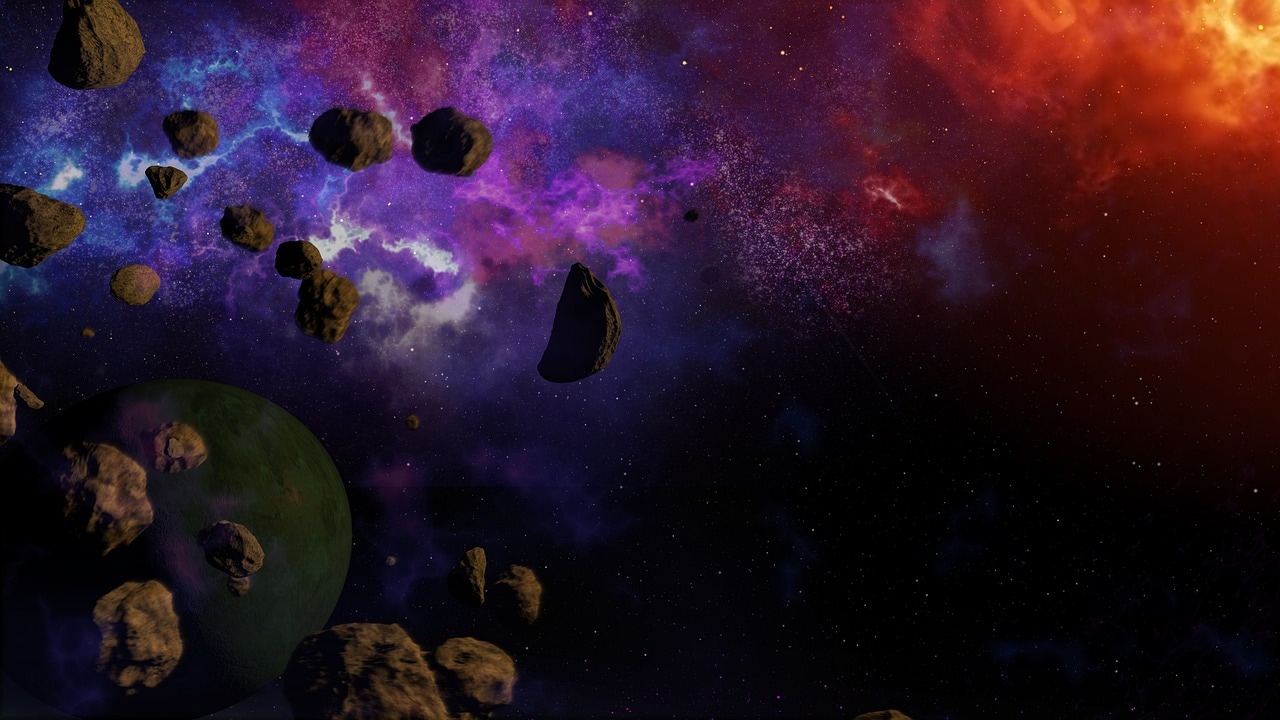
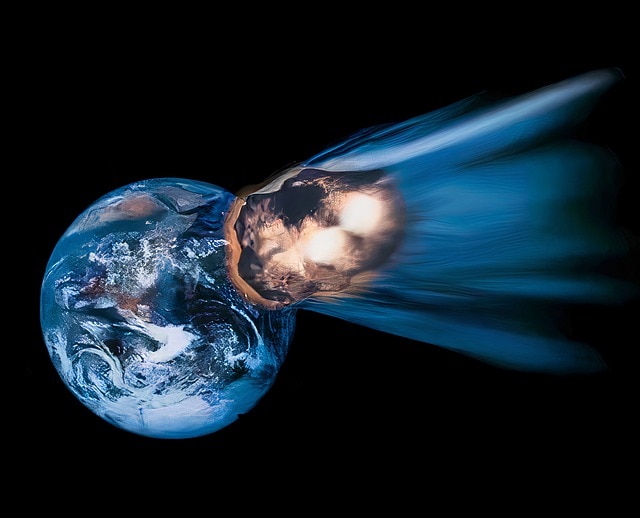
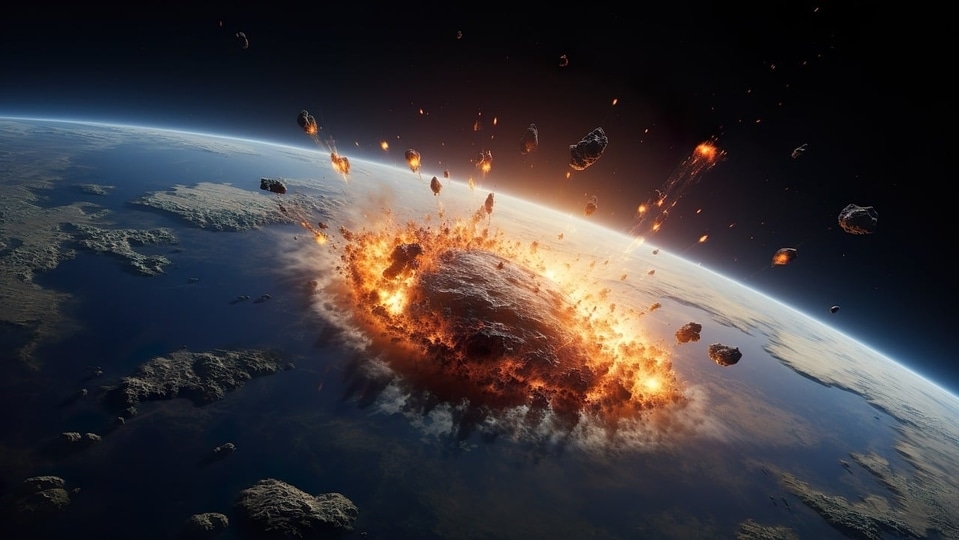
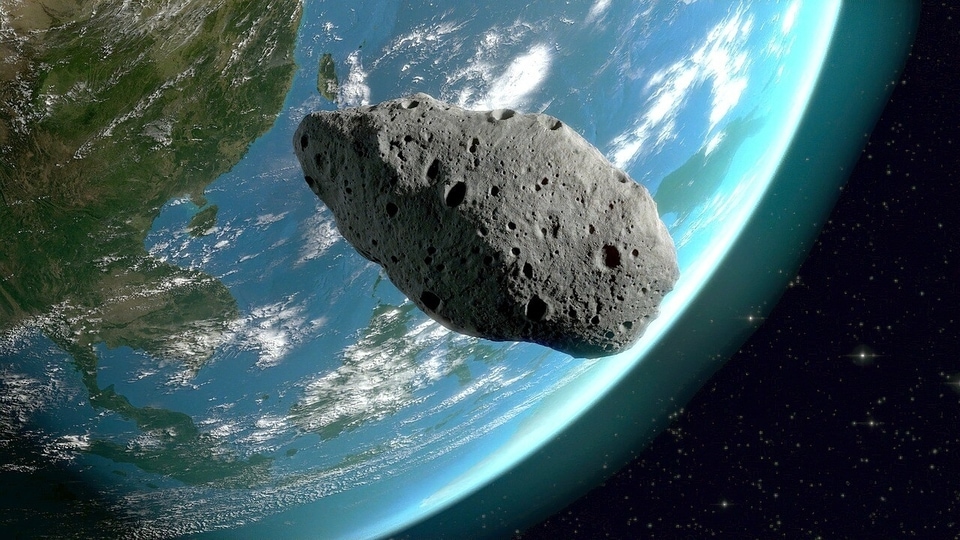
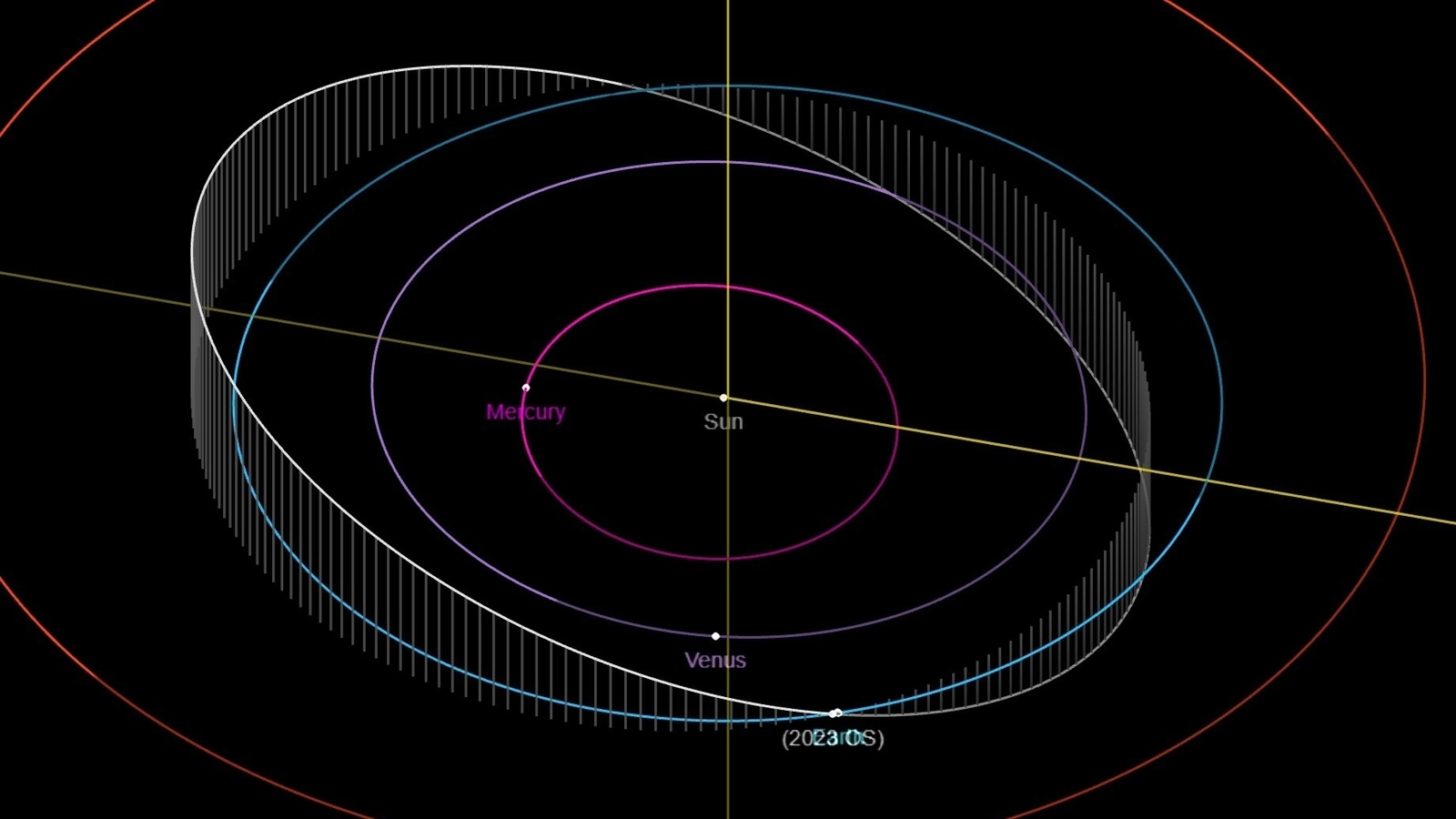
 View all Images
View all ImagesAn asteroid flew past Earth at an extremely close distance, but was seemingly missed by all space agencies! NASA revealed that the asteroid in question, Asteroid 2023 NT1, made its closest approach to Earth on July 13 when it entered Earth's 60,000-mile radius, which is 4 times closer than the Moon! It was not a small rock either, as scientists later revealed it was nearly 200 feet wide, about 4 times the size of the Chelyabinsk asteroid that caused massive damage in Russia. The space rock was found by the Asteroid Terrestrials-Impacts Last Alert System (ATLAS) observatory in South Africa on July 15.
NASA has also revealed details about an asteroid that will pass the planet at a close distance soon. But will it impact? Read on to find out.
When will it pass Earth?
According to the data published by NASA CNEOS, an asteroid designated as Asteroid 2023 OS is approaching Earth at a breakneck speed and is expected to make its closest approach to the planet today, July 21.
How fast is it going and how close will it come?
This space rock is currently travelling towards Earth at 38946 kilometers per hour, which is multiple times faster than Intercontinental Ballistic Missiles (ICBMs)!
It will come as close as 1.9 million kilometers, and while this distance might seem a lot, it is relatively a small number in astronomical distances, considering how big the asteroid is.
How big is it?
NASA estimates it to be around 150 feet wide, which is comparable to an aircraft! It has also been revealed that Asteroid 2023 OS belongs to the Apollo group of Near-Earth Asteroids, which are Earth-crossing space rocks with semi-major axes larger than Earth's. These asteroids are named after the humongous 1862 Apollo asteroid, discovered by German astronomer Karl Reinmuth in the 1930s.
NASA's asteroid monitoring tech
To discover, monitor and study asteroids in space, NASA has several space telescopes and ground-based observatories in place. These include the famous Hubble Space Telescope and the new James Webb Space Telescope. Moreover, spacecraft such as Dawn, OSIRIS-REx, and Hayabusa2 have also helped in studying these ancient space rocks. As of now, there are 1,298,210 known asteroids in space and while not all of them are dangerous, some of them can get knocked off their orbit due to interaction with a planet's gravitational field such as Jupiter, and head towards Earth for potential impact.
Therefore, it is imperative that these asteroids are continuously monitored to minimize the uncertainties around their close approach.
Catch all the Latest Tech News, Mobile News, Laptop News, Gaming news, Wearables News , How To News, also keep up with us on Whatsapp channel,Twitter, Facebook, Google News, and Instagram. For our latest videos, subscribe to our YouTube channel.





























